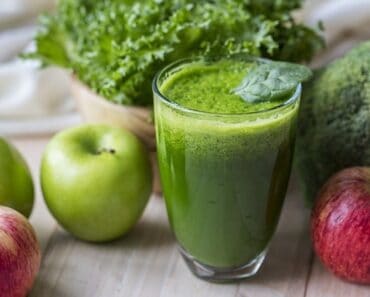Superfoods are everywhere in our culture, but few of them make the list. When we crave something sweet and not necessarily healthy, most of us think of chocolate, but did you know that some plants are the most nutritious for weight loss? Grains like quinoa and barley have been touted as superfoods, but the only way to know for sure is to try them yourself. Try experimenting with these superfoods for weight loss on your own. Here’s a look at two of the most nutritious plant foods:
Kale and moringa leaf make up the first category of superfoods, which makes sense since they’re packed with nutrition. Both are rich in antioxidant content and have low-fat content, making them excellent for weight loss. Kale, in particular, has been used in traditional cuisine to flavour cooking sauces for hundreds of years. Kale is available fresh or dried. Kale leafy greens are also packed with amino acids, fatty acids, calcium, iron, and vitamin A.
The second group of superfoods is the second most nutritious plant in the world, supermeal moringa. Moringa comes from the root of a large moringa tree found in the rainforests of the Amazon. This nutrient-rich plant is packed with antioxidant vitamins A and E, as well as iron, phosphorous, potassium, magnesium, and zinc. It can be prepared in a variety of ways, including being used as an accompaniment to stir-fry or eaten raw in any form. Rich in nutrients, the leaves can also be eaten on their own to boost your immune system. Moringa powder is often used as a health product because it is so rich in antioxidants.
Third on the list of superfoods is kale. Popular worldwide, kale is a leafy green that is loaded with vitamin B and iron. This nutrient-rich vegetable is a popular addition to diets due to its high protein content and fat-burning benefits. The leaves of kale can be added to salads or used in its raw form. In order to obtain optimal benefits, mash up some kale with some walnuts and you’ll have a nutritious yet delicious snack.
Melons ranks number four on the list of superfoods. Because the skins contain highly concentrated amounts of vitamin C, melons are a great way to provide your body with extra health vitamin A. Just a few sprigs of roasted, ground melon can provide your body with over seventy percent of its daily amount of vitamin A. However, as with all foods, it’s important to eat your melons fresh and unpeeled.
The fourth most nutritious vegetable on the list is mango. Mango contains essential amino acids like lysine, serine threonine, niacin, and GABA, which helps to reduce anxiety levels and improve your overall mood. Also, mango is a good source of potassium, fiber, and protein. While a slightly bitter taste makes mango more challenging to chew than other leafy greens, it has a unique health benefit: it acts as an antibacterial.
Fifth on our list of the most nutritious plant in the world is watermelon. Not only is it delicious and easy to prepare, it is also one of the most nutritious vegetables in the world. Although not related to fruits and vegetables, watermelon contains natural sugars that help to improve your digestion. It also contains a unique class of polyphenols, which are known for their ability to prevent cancer development and reduce the risks of various types of heart disease. Finally, watermelon is rich in beta-carotene, which provides a healthy source of vitamin A. Rich in vitamin B5 and potassium, watermelon is also good for regulating blood pressure and regulating body temperature.
There you have it: six most nutritious plant in the world. With a little planning, you can begin to increase the nutrient content of your diet without having to add any prep time or complicated preparation processes. And with a little imagination, you can turn even simple leafy green vegetables into the most nutritious plant in the world. With a little bit of research, you can find recipes using other vegetable ideas as well. With a little bit of effort, you can create nutrient-dense snacks and delicious meals.






